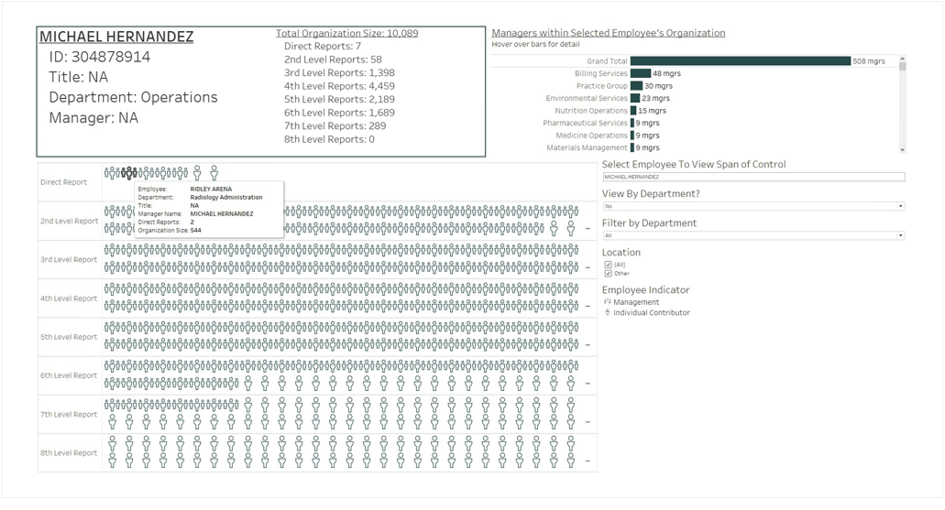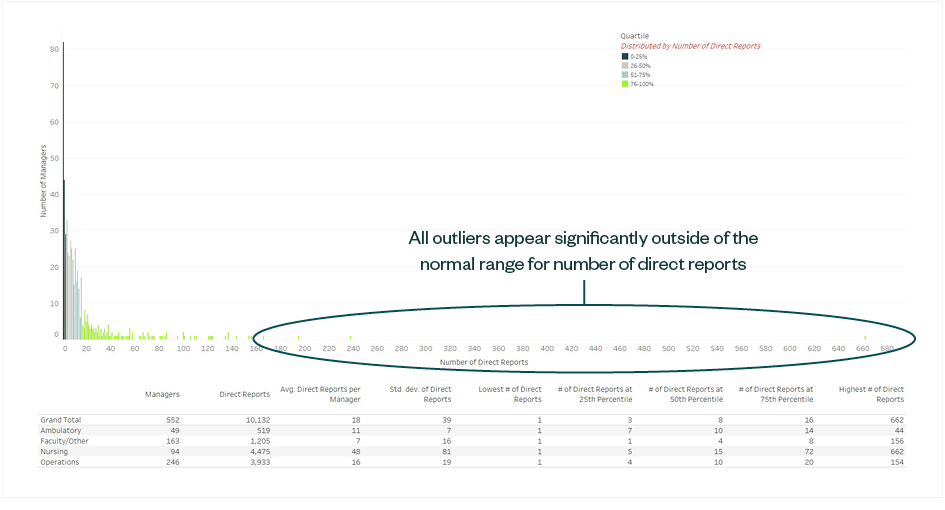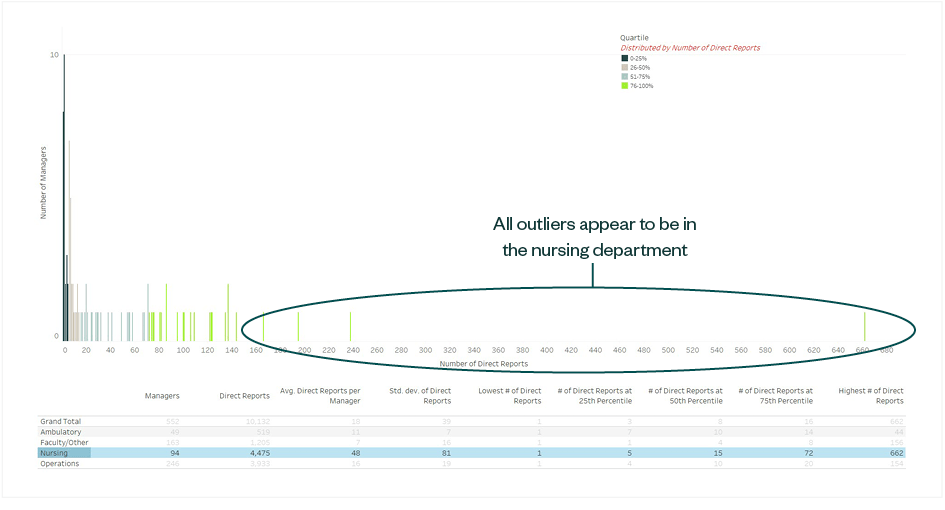
Organizational data modeling—a way of organizing your human capital and resources information—can unlock your ability to bring to light answers to key operational questions about human capital planning, operational efficiency, and operational effectiveness.
Leaders today are continuously challenged to design their organization in a way that will achieve growth and efficiency at multiple levels, from the company overall down to specific departments.
Organizational data modeling can be a powerful tool to provide leaders access to a curated set of organization data. In turn, this can help them derive better insights from their data and take a more data-driven approach to driving the business’ strategic agenda.
The Importance of Focusing on Human Capital
An argument can be made that an organization’s human capital is its most valuable asset, perhaps even more than financial instruments—no amount of money can help an organization succeed without the right people moving it forward.
Despite this, a common perception of data-driven initiatives is that the investment made by organizations to gain quantitative insights into the state of their human capital often seems relatively small compared to the investments earmarked for designing dashboards, analytics, key performance indicators (KPIs), data stores, and all manner of data-driven tools that manage financial assets.
This is not to say HR functions are underfunded, but it’s a reflection that the application of data-driven methods for managing human capital takes careful thought. Humans, unlike dollars, are more than just numbers that are inherently quantitative.
So, how does one even begin to analyze human capital strategy in an objective, quantitative manner?
How to Approach Organizational Data Modeling
Organizational charts used to visually represent structure—be they hierarchical, matrix, network, or flat—are complicated to build and can often be influenced by an organization’s political subtext.
For example, individuals at different hierarchical levels might appear at the same level on a chart for the sake of optics or reasons rooted in other subjective criteria.
To better analyze your human capital data, here’s a multistep approach that can help you get started.
1. Identify the Available Data to Analyze
While there are many organizations that have made significant human resource information systems (HRIS) or human capital management (HCM) investments in platforms such as Workday, Cornerstone, or PeopleSoft, organizations that haven’t implemented such platforms can, at the very least, be expected to track a roster of employees and their immediate supervisors.
An employee roster is all you need to begin building an organizational data model that can unlock key insights into your organization’s structure.
2. Leverage Existing Roster Data for Pragmatic Decisions
You want to gain unbiased insights and make pragmatic decisions about your organization’s structure.
When you anchor the generation or creation of your organizational charts to an organizational data model, it drives the creation of perspectives that are better shielded from subjective interpretations of titles and political considerations of job levels.
At its core, an organizational data model interprets every supervisor-subordinate relationship in your human capital roster and aligns every individual based on their distance from the topmost decision maker.
This unlocks the ability to easily select any employee and analyze who sits above and below them in your organizational chart. It also lets people compare individuals based solely on their actual level in the organizational structure relative to their position in the chains of command and associated responsibilities.
It can help you look at every member of your organization, create a baseline for their peers according to the data, and assess if factors such as titles and responsibilities are appropriate based on relative leveling.
3. Perform Several Types of Analyses to Improve Your Organizational Efficiency
Once you have an organizational data model in place to support your decisions on human capital strategies, you’ll be enabled to more easily perform several types of analyses to answer questions about optimizing your organizational structure.
One example of the types of analytics that can be easily performed once you have the right data model in place relates to the concepts of span and depth of control.
Span of Control
A valuable metric you can design analyses around is called span of control. At its most basic interpretation, span of control refers to the number of direct reports a supervisor or manager oversees.
For example, a manager may have five direct reports who are all individual contributors, therefore the manager’s span of control is five. This might seem straightforward at first, but extracting meaning from that data point can be difficult, and is where having an organizational data model can help.
Depth of Control
Span of control may seem straightforward, but depth of control is an extension of that concept. Whereas span of control typically refers to supervisor-to-direct-report relationships, depth of control takes into consideration the entire chain of command below a specific supervisor.
For example, let’s say the manager in the previous example reports to a senior manager, and is one of three direct reports for that senior manager. If each of those managers has five direct reports, the senior manager has a span of control of three, and each of his or her subordinates has a span of control of five. This also means the senior manager’s depth of control is 18—the three direct reports plus the 15 individuals who report to those direct reports.
The Benefit of Analyzing Span and Depth of Control
The value of an organizational data model becomes apparent when you start to consider both span and depth of control.
Without an organizational data model supporting your analyses, identifying the span and depth of control for more than a handful of any given employees at a time can be time-consuming.
When you need these numbers for a large populations or groupings of supervisors at the same level, doing the research without a data model is also a more error-prone task.
With an organizational data model in place, you simply query the data model for the span and depth of control of all employees meeting your analytical criteria and receive your answer in seconds.
4. Consider Building a User Interface
If you take the extra step to build a user interface (UI) over the top of your data model—using tools such as Tableau or Power BI—you can unlock the capability of both technical and non-data savvy users alike to interrogate and analyze your organization’s human capital data.



